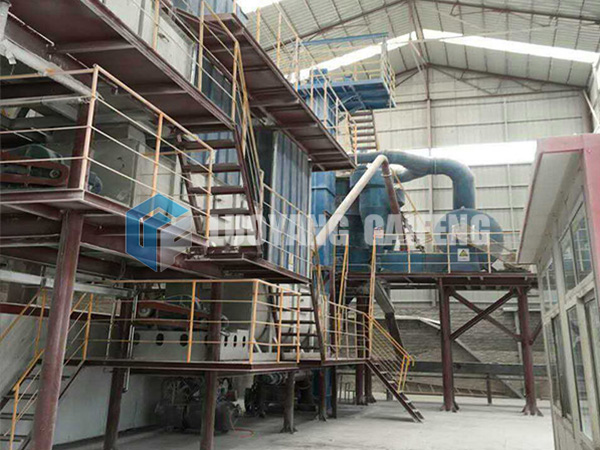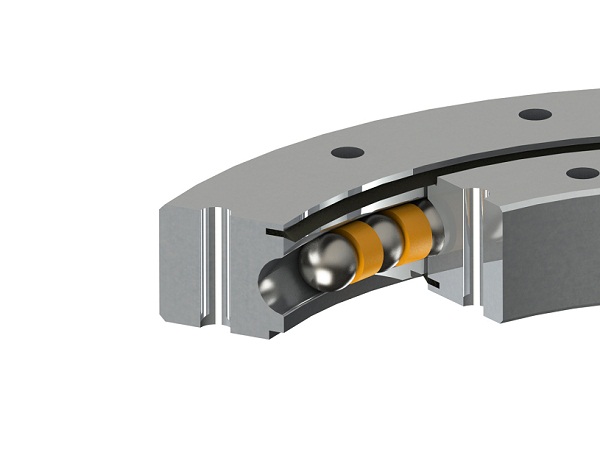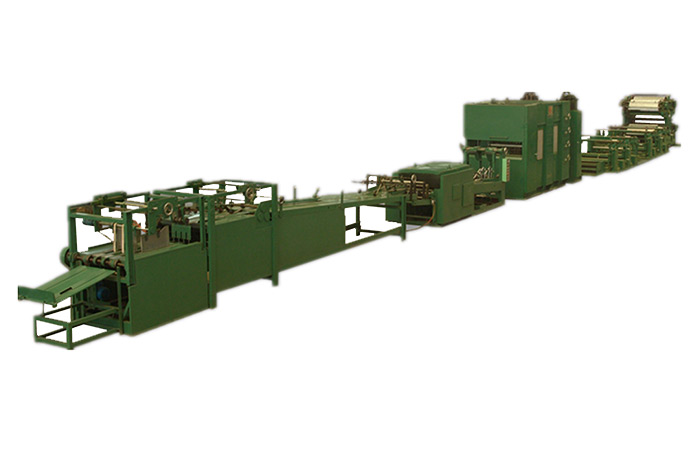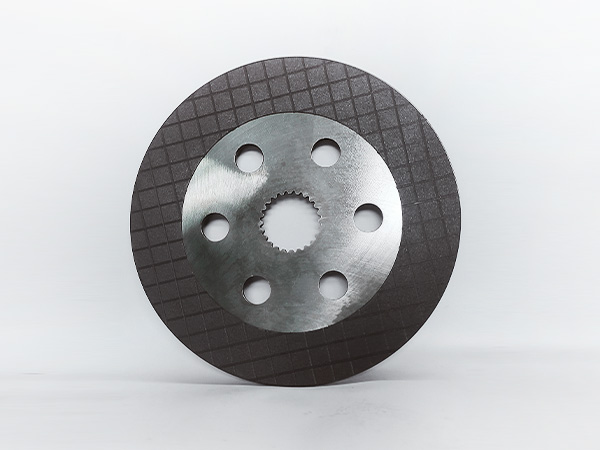Due to improper operation, the tractor is subjected to shock loads during use, which is prone to wear, cracks and burns of the main clutch driven disc friction disc, warping of the driven disc, loose friction disc and spline bushing rivets, and keyway wear and so on. The friction disc of the driven disc is worn to the extent that the rivets are exposed, the cracks are in more than two places, and the charring, etc., should be replaced with a new tractor friction disc.
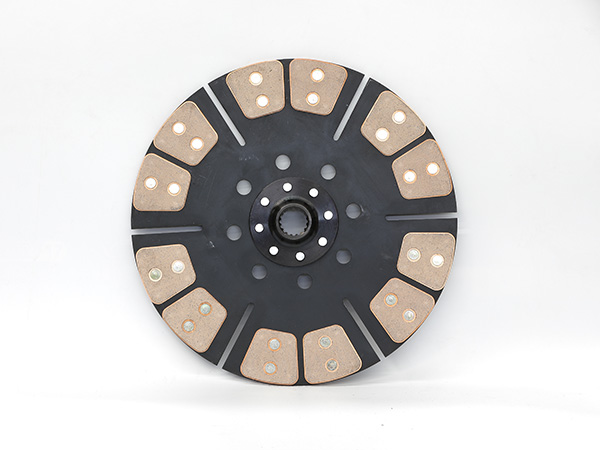
1. Replacement of tractor clutch friction disc
(1) Use a drill bit slightly smaller than the diameter of the rivet to drill out the old rivet, or use a special punch to punch out 1 old rivet, remove the old friction plate, and check and correct the warpage of the steel plate.
(2) Put the steel disc and the spline bushing together on the mandrel for inspection, and close to the shoulder. Touch the dial indicator contact pin to the edge of the steel disc, so that the runout of the end face does not exceed 0.5 mm. Excessive use of wide-mouth wrench for correction. The steel plate can also be placed flat on the platform. Check its warpage by measuring the height of its edge.
(3) Clamp the friction disc on the steel disc with a vise, and drill the holes of the two friction discs according to the hole position of the steel disc, and make a mark to prevent dislocation during riveting, and the two friction discs cannot be interchanged.
(4) Countersink the friction side according to the diameter of the rivet head. The friction discs are then riveted to the steel disc with copper or aluminium rivets. Each row of rivets should be riveted from two sides alternately, so that the rivet heads are evenly distributed on both sides.
…
Details can be accessed by clicking here:https://www.syclutch.com/news/tractor-clutch-friction-disc-replacement.html


